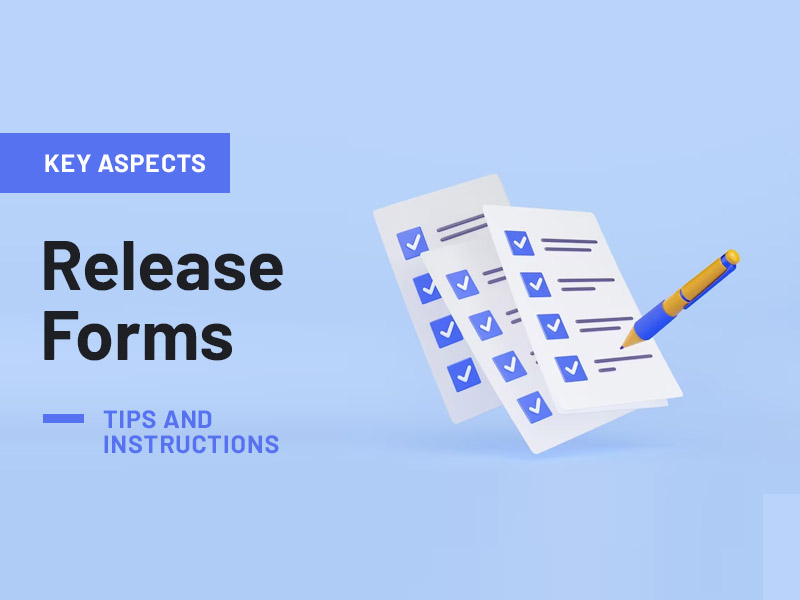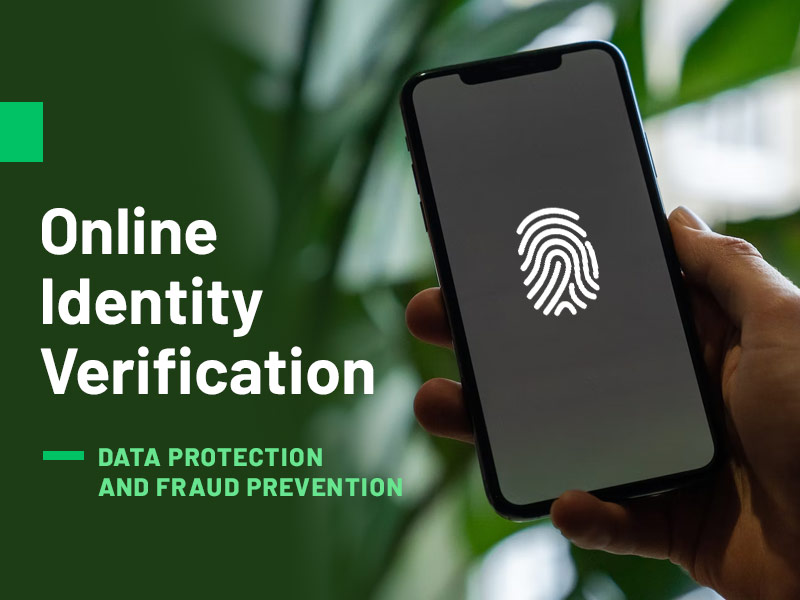Release forms play a critical role in a wide array of sectors, including media, entertainment, business, and law. By protecting individuals or organizations from potential liabilities, disputes, and legal repercussions, they offer a crucial layer of defense. In this comprehensive guide, we will delve into the key aspects of release forms, offering valuable tips and instructions on their effective use and creation.
Understanding the Essence of Release Forms
Release form, also known as liability waivers, are legal documents that serve to protect parties from potential legal liabilities. These forms are especially prevalent in situations where certain activities carry inherent risks or when one party requires the use of another’s intellectual property. Comprehending the essence of these forms is the first step towards their effective usage.
The Importance of Release Forms
Release forms function as a protective barrier against potential lawsuits and disputes. For instance, they can shield a business in the event of a client suffering an injury during a high-risk activity. Similarly, release forms safeguard rights, such as when a photographer requires consent to commercially use a client’s image. Recognizing the importance of these forms ensures you appreciate their significant role and relevance within your operations.
Crafting a Comprehensive Release Form
The process of creating a release form necessitates a thorough understanding of your specific needs and an acute attention to detail. Here are the key considerations to bear in mind.
Understanding Your Needs
The initial step in crafting a release form involves a clear understanding of your requirements. If you’re hosting a sporting event, your form should cover the inherent risks associated with the activity. If you’re a photographer, you would need a photo release form to use your clients’ images. Tailoring your form to meet your needs ensures comprehensive coverage of potential liabilities.
Clarity and Specificity
A release form needs to be both clear and specific. It should state the risks involved and the rights being waived in no uncertain terms. Ambiguity may compromise the effectiveness of the form. As such, clarity and specificity are of the utmost importance.
Inclusion of Key Elements
A comprehensive release form incorporates several key elements. These include identification of the parties involved, a detailed description of the activity or work, a clear statement of risk assumption, and a signature line for each party. The inclusion of these elements ensures the legal soundness and robustness of your form.
The Media Release Form
In the realm of media, a release form, often referred to as a media release form, plays a critical role. This document grants permission to use a person’s image, voice, or performance for commercial or promotional purposes. It safeguards media organizations from potential legal disputes related to invasion of privacy or infringement of rights.
Crafting a Media Release Form
A media release form should clearly outline the extent and manner of the intended use. It should explicitly state whether the permission granted is for a specific project or ongoing, if it includes derivative works, and if the permission extends globally. Inclusion of these aspects helps to eliminate future disputes.
Purpose of Release Forms
The purpose of release forms has a dual purpose – they both inform and protect. They inform the signee about the potential risks associated with an activity or the use of their intellectual property. At the same time, they protect the organization or individual administering the form from potential legal repercussions.
Informative Nature
A well-drafted release form provides detailed information about the potential risks associated with an activity or the use of one’s intellectual property. This transparency helps the signing party make an informed decision, thus ensuring that they are not entering into the agreement under false pretenses.
Protective Function
Release forms serve as a shield, protecting organizations from potential legal liabilities. In the event of a dispute, a signed release form can serve as evidence that the signing party was well-informed of the potential risks and had willingly agreed to waive certain rights or assume specific risks.
Practical Tips for Using Release Forms
The effective use of release forms requires strategic planning and execution. Here are some practical tips.
Ensure Informed Consent
Informed consent is a key element of any release form. Each party involved must fully understand what they are agreeing to. Ensure that the form is read and understood before being signed. This practice not only strengthens the enforceability of the form but also promotes trust and transparency.
Regular Updates
Laws, regulations, and circumstances can change over time. Therefore, it’s essential to regularly review and update your release forms to keep them relevant and effective.
Key Instructions for Release Forms
When dealing with release forms, there are key instructions to follow.
Seek Legal Advice
It is always advisable to consult with a legal professional when creating or signing a release form. This ensures that the form is legally sound and comprehensive, and your interests are adequately protected.
Store Forms Safely
Once signed, release forms should be stored safely and securely. This allows for easy access in case a dispute arises.
Conclusion
Release forms are essential tools for mitigating risks and protecting rights. By understanding their key aspects and the specific considerations for different types like the media release form, coupled with the practical tips and instructions provided in this guide, you can effectively utilize them in your operations. Always remember to consult with a legal professional to ensure your forms are legally sound and robust.







